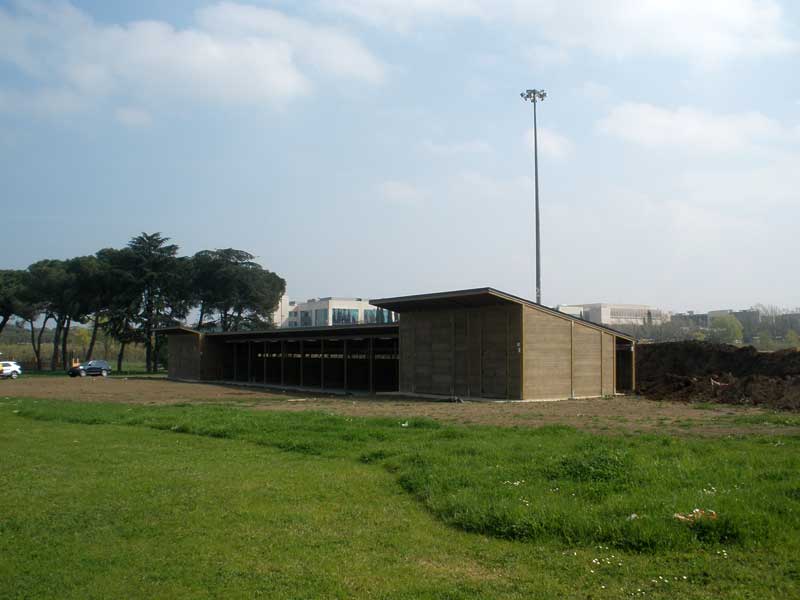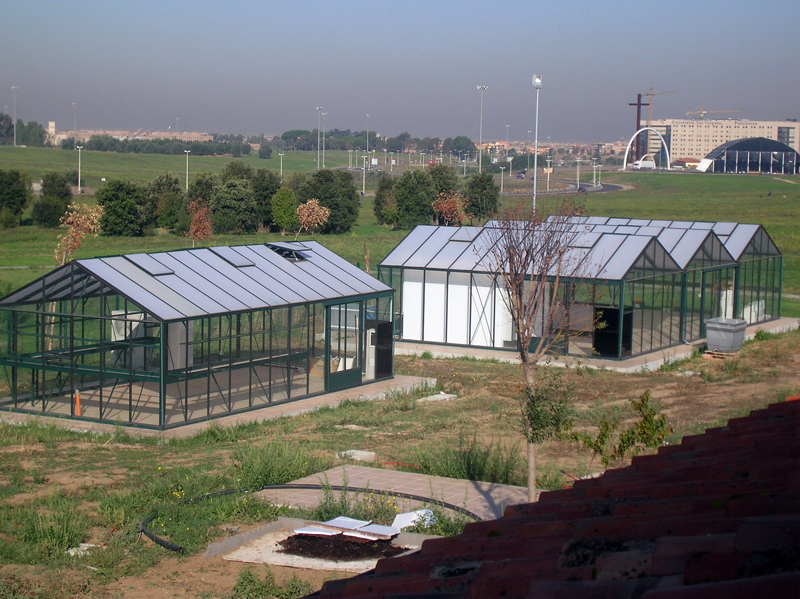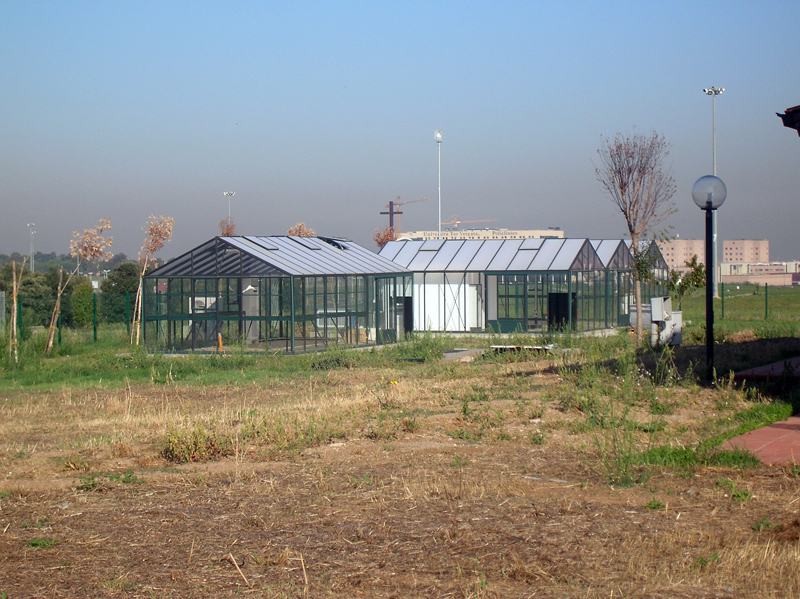
Tor Vergata (Rome) University Botanical Garden
This post is also available in:
 Italiano (Italian)
Italiano (Italian)
The botanical garden of Tor Vergata stretches over an area of 861.000 square meters and includes three greenhouses, a farmhouse, a laboratory with scientific instruments, and a teaching room covering the conservation of wild and autochthonous edible species (e.g.: legumes, olive trees, vines).
The botanical garden is divided into several sections: the Biblical Garden, the Mediterranean scrub, the lively Garden, and the CO2 Garden. The latter is aimed at boosting awareness of environmental problems and represents the first university initiative to reduce greenhouse effects or climate-changing emissions.
The entrance to the CO2 Garden is delimited by two carob trees (Ceratonia siliqua), an evergreen species that absorbs CO2 throughout the year. In addition, there is a low scrub of laurustinus (Viburnum tinus), and strawberry trees (Arbutus unedo), within lush vegetation that guarantees an efficient reduction of CO2. Common hawthorn (Crataegus monogyna), and Cornelian cherry dogwood (Cornus mas) capture sensibly less CO2 during the winter – as they lose their leaves; there’s a grove of goat willows (Salix caprea), hop-hornbeams (Ostrya carpinifolia), Montpellier maples (Acer monspessulanum), and black alders (Alnus glutinosa).
The garden has a collection of carnivorous plants too, constantly growing, with around 40 different species perfectly groomed within their most natural habitat.
This post is also available in:
 Italiano (Italian)
Italiano (Italian)
Contatti
Via Guido Carli - 00133 Roma(RM)
06 72594344
canini@uniroma2.it



